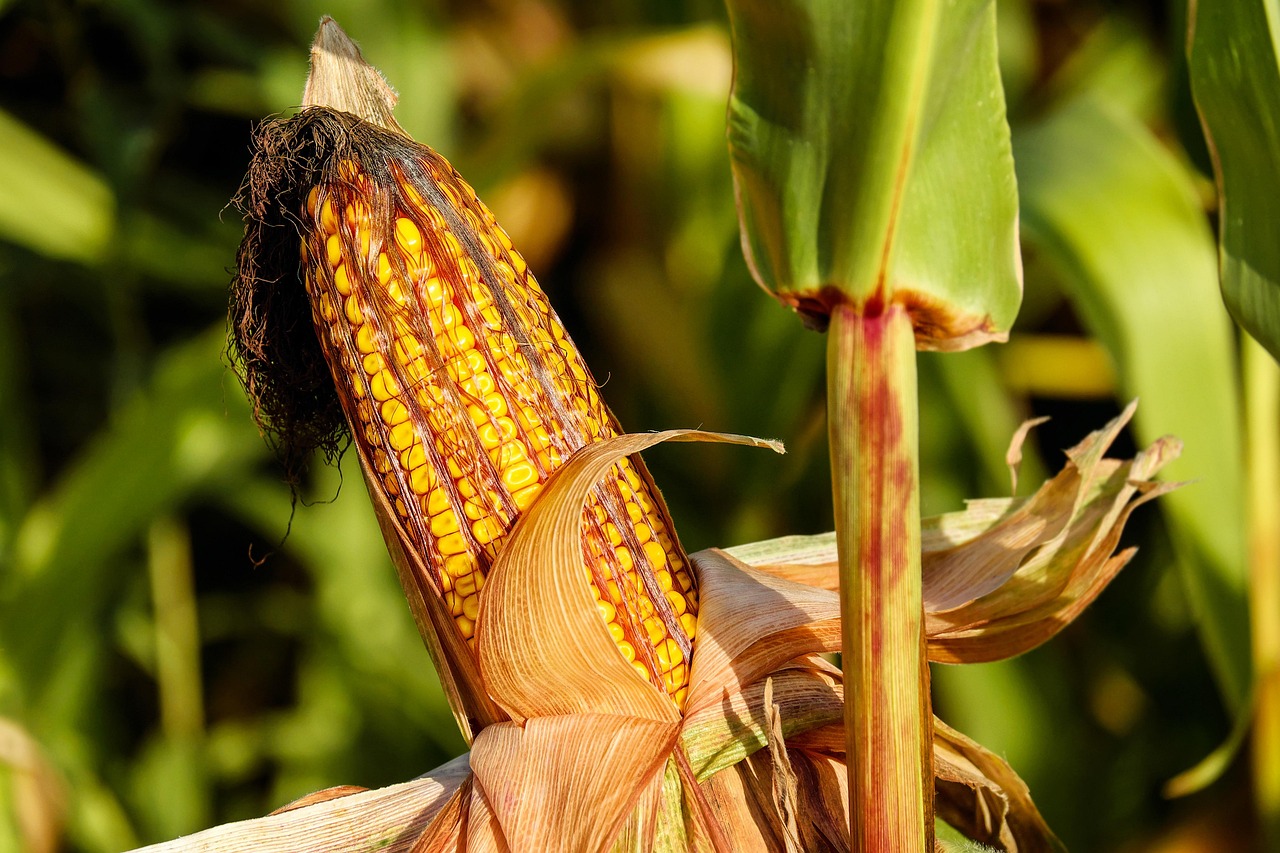Brazil has faced a huge number of forest fires in recent years. The increased frequency of forest fires is one of the most visible consequences of man-made climate change. Ground surveys were conducted along line transects to estimate the impact of first order forest fires in 2020 on vertebrates in the Pantanal Wetland in Brazil. Wildfires burned between January and November, destroying 30% of the world’s largest tropical wetland. This is a shocking finding that was published in the journal Scientific Reports.
How big is the scale of this disaster?
Scientists adopted the distance sampling technique to estimate the densities and the number of dead vertebrates in the 39,030 square kilometers affected by fire. Estimates indicate that at least 16.952 million vertebrates were killed immediately by the fires in the Pantanal. The scientific team identified 300 species of animals they found. Fires have a huge impact on the functioning of the whole ecosystem. Biodiversity has been disrupted and irreversible damage has occurred.

The frequency of fires that has been recorded in the last few years is unparalleled. Deforestation and improper fire handling also have a major impact on fires. Consequently, a large number of fires contribute even more to climate change. Pantanal Wetland is located in central South America and has an area of 170,000 km2. He was most affected by the burning.
While fires burned 16,210 km2 of the Brazilian portion of the Pantanal in 2019, astonishing 39,030 km2 burned in 2020. The study focuses on estimating the deaths among vertebrates directly caused by wildfires, based on data collected in the field by accounting for carcasses up to 48 h after fire events in the Pantanal wetland, Brazil. The goal is to raise awareness of how the greatest treasures of this planet are being destroyed.
Estimated number of dead animals in sub-groups
Dr Walfrido Moraes Tomas, an ecologist from the research institute Embrapa Pantanal in Brasilia, led the study. He told the BBC:
“The extremely high number of snakes that were killed makes us wonder about the cascade effects,” he explained. “Snakes are usually predators on small mammals, frogs. This impact may result in an unimaginable unbalance in the ecosystem.”
Dr Mariana Napolitano Ferreira, head of science at WWF-Brazil explained that there were 22,000 separate fires recorded during that year.
Unusual fires
The Pantanal does burn naturally, but the 2020 wildfires were “apocalyptic”, according to Dr Alex Lees, an ecologist from Manchester Metropolitan University who has worked extensively in Central Brazil.
They were “very different” to those the region normally experiences and the typical cycle of burning and recovery, Dr Lees explained. “These fires were unusual because of their scale and were clearly linked to the mega-drought that [the area] was experiencing at that time. The Pantanal can’t keep burning to this huge extent year-after-year- biodiversity can’t recover from that. “
Wetlands are found in Brazil, Paraguay and Bolivia. They are one of the most biologically diverse areas in the world. This area needs to be intensively protected to ensure that further fires do not completely destroy it.
Source:
https://www.nature.com/articles/s41598-021-02844-5
https://www.bbc.com/news/science-environment-59670396?
Photo: Screenshots – www.youtube.com/watch?v=MeXd31f-Y98, reuters







